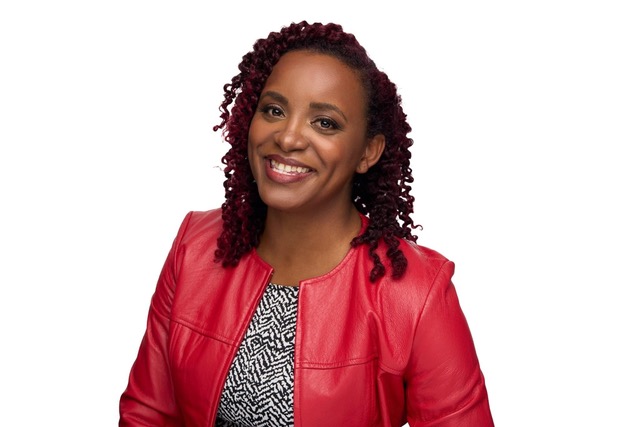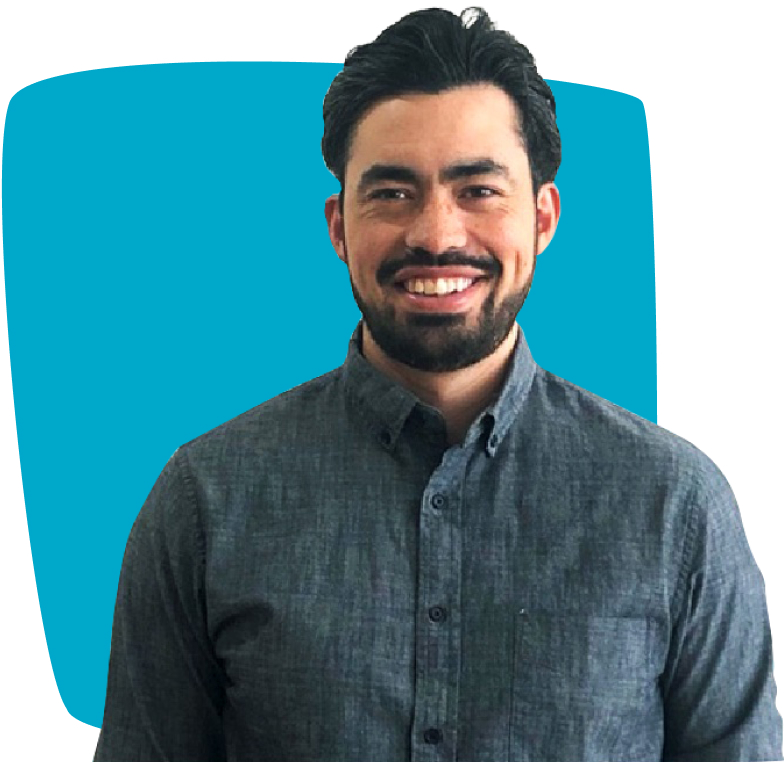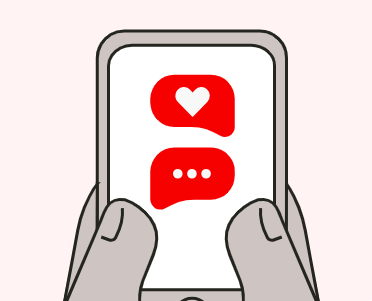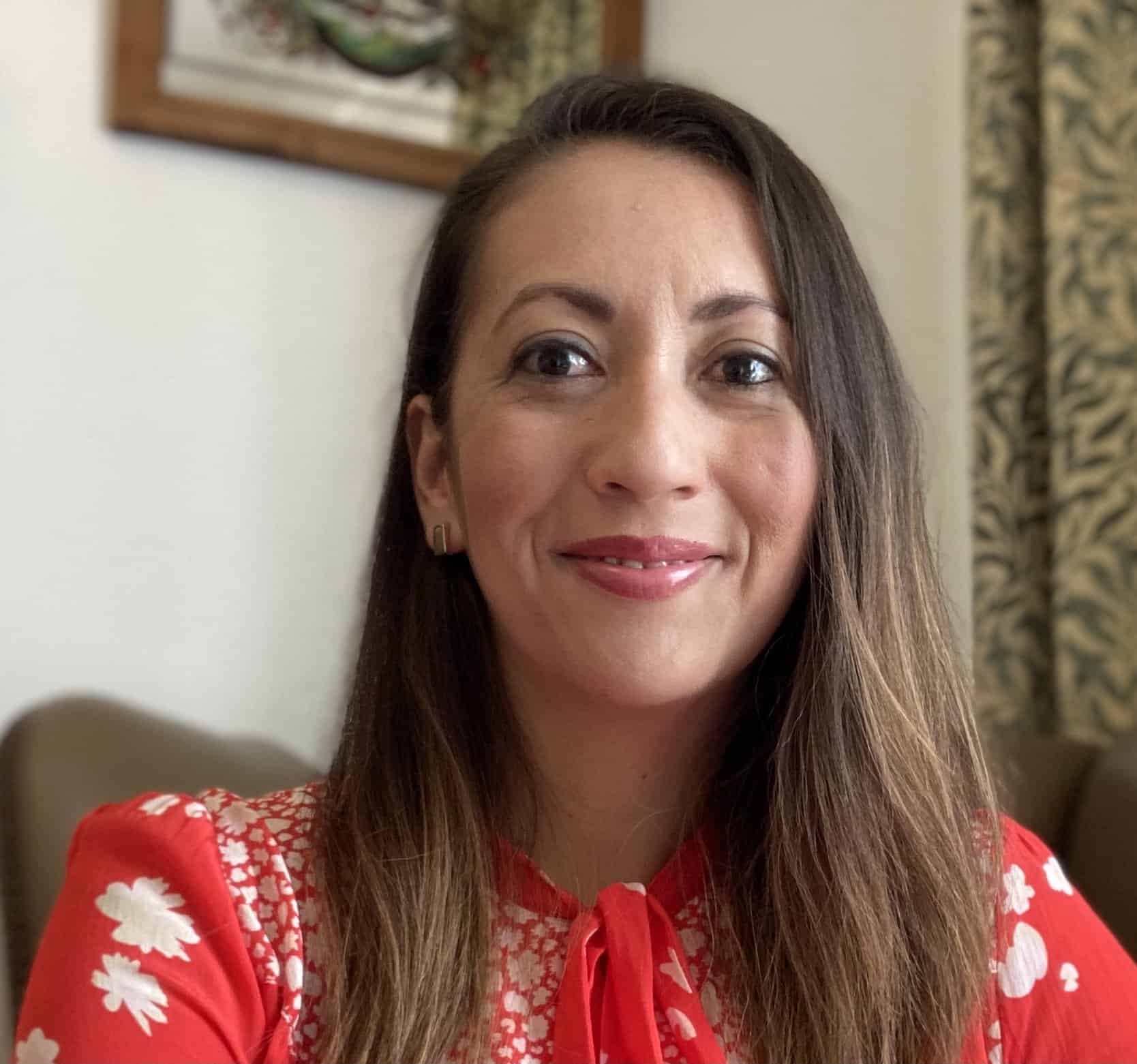Before the pandemic, Virginia-based psychologist Dr. Patrice Berry had little experience conducting client sessions via video call. Now, even though Covid restrictions are largely no longer in place, around 40 percent of her consultations still happen this way, meaning she can work with patients from anywhere in the state.
When it comes to patients aged 18 and under, who make up about 50 percent of Dr. Berry’s client base, up to 60 percent of them are opting to be treated virtually, also known as telehealth. It’s often the only option for families that can’t transport their child to an in-person session, and it makes scheduling easier: Students don’t have the added stress of being late for school after a morning session, or rushing to leave school to attend in the afternoon. Being one of the few African-American therapists in the area, Dr. Berry is also highly sought after by Black families.
“I also have clients with significant social anxiety, where starting online is more comfortable for them. And I work with some clients that have chronic health problems, where sometimes they’re having a high pain day [and can’t leave the house],” says Dr. Berry.
“I’ve worked with teens with long Covid symptoms, or with chronic medical conditions, and having the ability to meet online has really helped. It just gives everyone more options.”
The state of youth mental health in the US
Therapists’ ability to reach more young people with telehealth services is going a long way towards overcoming the youth mental health crisis currently unfolding in the US. Nearly 20 percent of children and young people between the ages of three and 17 in the US have a mental, emotional, developmental or behavioral disorder; and suicidal behaviors among high school students increased more than 40 percent between 2009 and 2019. Mental health challenges were the leading cause of death and disability in this age group during that time.

Telehealth may have been adopted as a byproduct of the pandemic, but, as with Dr. Berry’s patients, it has remained popular thanks to its accessibility. A 2023 study shows that while by August 2022, in-person youth mental health services in the US had returned to 75 percent of pre-pandemic levels, utilization of telehealth services for youth mental health was 2,300 percent higher than pre-pandemic.
“Pediatric telehealth care for mental health needs filled a critical deficit in the immediate period following the emergence of Covid-19, and continues to account for a substantial proportion of pediatric mental health service utilization and spending,” the study summarized, highlighting the continuing demand for virtual mental health services for this age group.
But since students are mainly able to access independent therapists like Dr. Berry outside of school hours, entrepreneurs are seeing the need to develop telehealth platforms that work in partnership with school districts to offer virtual sessions during the school day. Telehealth mental health startups focusing on young people include Daybreak, which partners with around 80 school districts across the US; Hazel, which is available to schools in 14 states; and Brightline, which is on offer in over 1,000 schools.
When the numbers don’t stack up
According to Daybreak, the National Association of School Psychologists recommends a ratio of one school psychologist per 500 students, but the company estimates the actual ratio in US schools is one per 1,211 students. In the company’s own survey of 1,008 US parents in 2022, 46 percent cite the lack of available therapists outside of school hours as a challenge, and 43 percent complain of long wait times.
“There’s been a record demand for youth mental health services, coupled with a lack of mental health professionals, that has led to high costs of care and unprecedented wait times to find a clinician,” says Daybreak co-founder and CEO Alex Alvarado.

“This disproportionately affects teens who are at the highest risk of mental health challenges including youth who identify as BIPOC, LGBTQ+, low-income, live in rural areas, are experiencing homelessness, and/or come from immigrant households. Therefore, students must be able to access services at the place they spend the majority of their time — school. Public schools must play a vital role in providing high-quality, affordable and culturally competent mental health services to ensure students have equitable access to these services.”
Daybreak’s services are provided at no cost to families, Alvarado confirms, as many school districts receive funding for these types of programs, and in turn will sponsor specific services like virtual therapy. Daybreak also partners with health plans to share the costs of students’ care, while schools still cover the cost of services that are not billable or for uninsured families.
“Since districts are seeing the impact of school-based mental health support on improving students’ academic success, like improved grades and better attendance and behavior, they are tapping into new funding sources to sustain these services in the future,” Alvarado adds.
Building a telehealth platform that operates across states also means a greater diversity in therapists, and makes it more likely that a student can be best matched with someone that fits their situation and can relate to their background. For example, within Daybreak’s pool of therapists, 14 languages are spoken, 74 percent identify as BIPOC, and 14 percent as members of the LGTBQ+ community.
And the results are promising. Daybreak’s clinical data shows that 92 percent of families report behavioral improvements, while 80 percent of school staff report improvements in attendance, grades and behavior.
Through telehealth sessions with a Daybreak therapist via their schools, teens have worked through issues like gender identity, self harming, anger management issues, anxiety, eating disorders and more. One of those teens is Palm Springs-based Clifford, who, in 2023, was experiencing suicidal thoughts, writing in one of his assignments, “Nobody cares about me. I just want to die.” Over six months, working regularly with a therapist through his school helped the 18-year-old overcome those thoughts and learn coping mechanisms to deal with his own insecurities. As she shares in a video, his mother believes it saved his life.

With on-campus resources at capacity, and in-person programs limited to students with severe mental health issues, Danielle McClain-Parks, coordinator of mental health services at Palm Springs Unified School District, says offering telehealth means more students can receive help before their problems escalate.
“We’re able to get help for a student before their needs are significant enough that they’re having trouble functioning, so they can get that help and learn those skills to be able to manage those symptoms early, rather than having to wait until they’re severe enough to need help from somewhere else,” McClain-Parks states in states in a video.
But can screens be a barrier?
Dr. Berry, however, is conscious of the limitations and challenges of telehealth, especially when it comes to teens. Focus and screen fatigue can be a problem. Dr. Berry says she can also miss body language cues via a screen, so will recommend a transition to in-person sessions if she feels it’s necessary.
School-based telehealth programs, Dr. Berry adds, can sometimes be counterproductive if school-related challenges are at the heart of a patient’s issues, so telehealth providers must also offer measures to support those who need another option. Daybreak confirmed that if the therapist believes a student could benefit from extending their care or receiving in-person services, they work with the district staff to make a referral to the appropriate community resources.
Client confidentiality breaches can also be a risk with telehealth. Dr. Berry, for example, often has to check that no one else is in the room or can hear the conversation, and that the client is returning to a safe environment after their session. For clients aged 12 and over, in the state of Virginia where she practices, therapists aren’t obliged to disclose all details of their sessions to parents, but share general progress, and flag serious safety concerns, such as if the patient talks about drug use or a desire to run away from home.
Crushed by negative news?
Sign up for the Reasons to be Cheerful newsletter.“I sometimes get concerned [about large-scale telehealth platforms], about whether the sessions truly are confidential, and that their data isn’t being used — with kids, you know you have to be more careful,” says Dr. Berry.
“I would imagine the school systems would make sure that it truly was confidential, and then would help parents to know to listen to their kids, because your kids will tell you if telehealth is the right fit for them or not, or if the therapist is the right fit for them or not. Because some teens hate telehealth, and some love it.”
Still, amid the ongoing mental health crisis among kids and teens, Dr. Berry sees telehealth as a helpful option. “It can be hard for families to find quality mental health professionals,” she says. “If these organizations have the ability to find quality mental health professionals and pay them well, I can see it being successful.”







